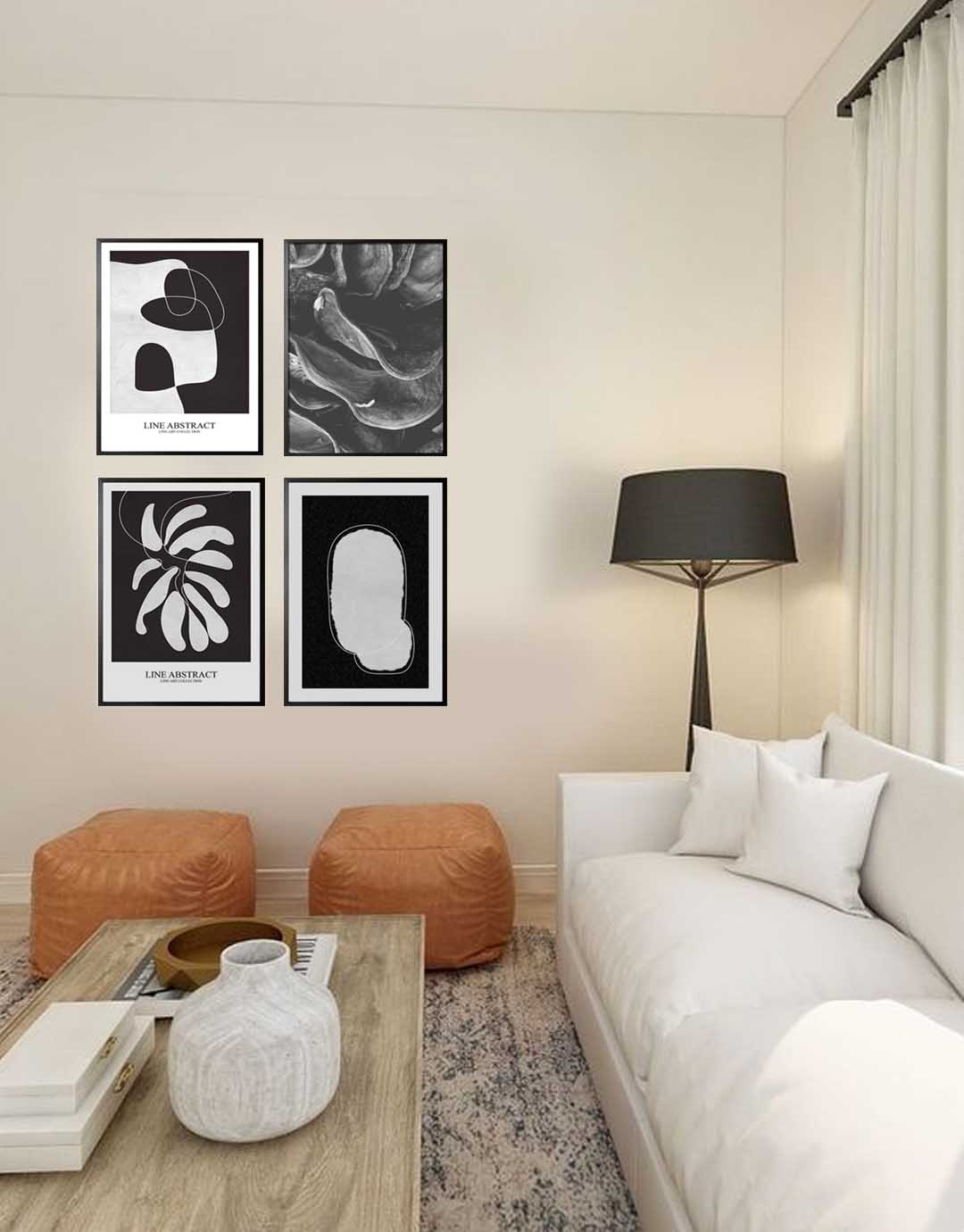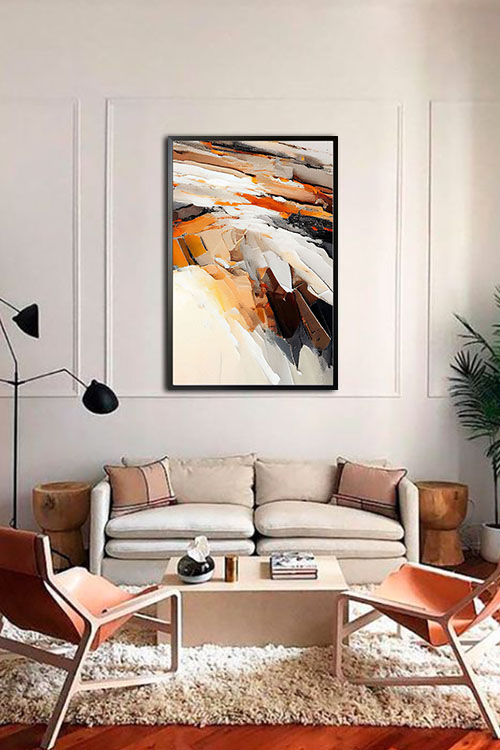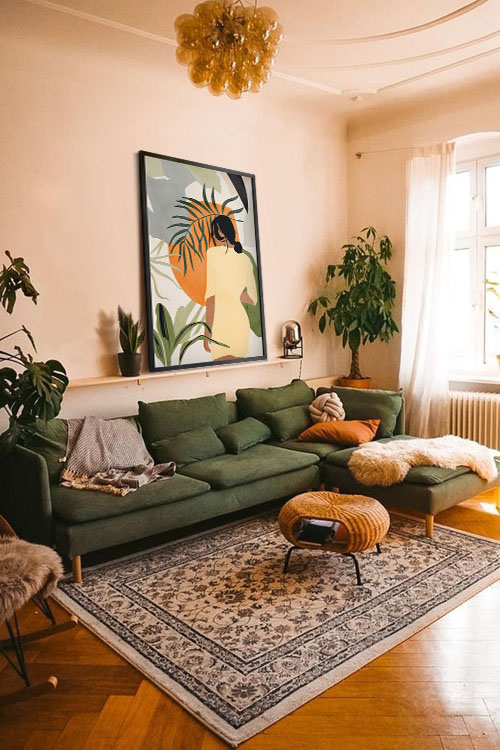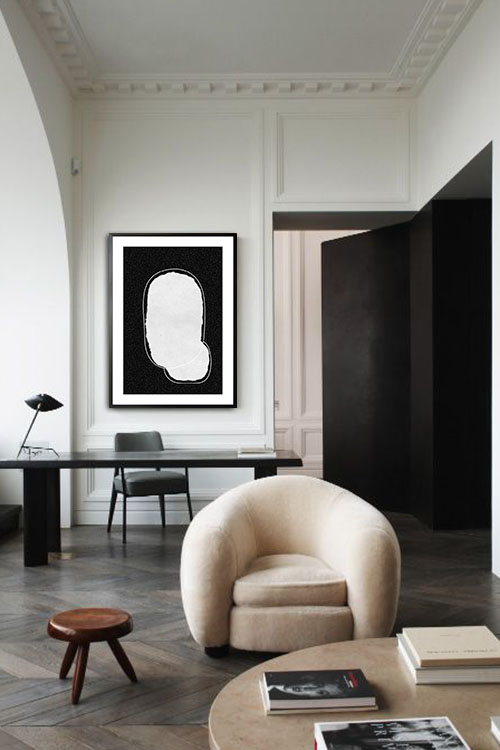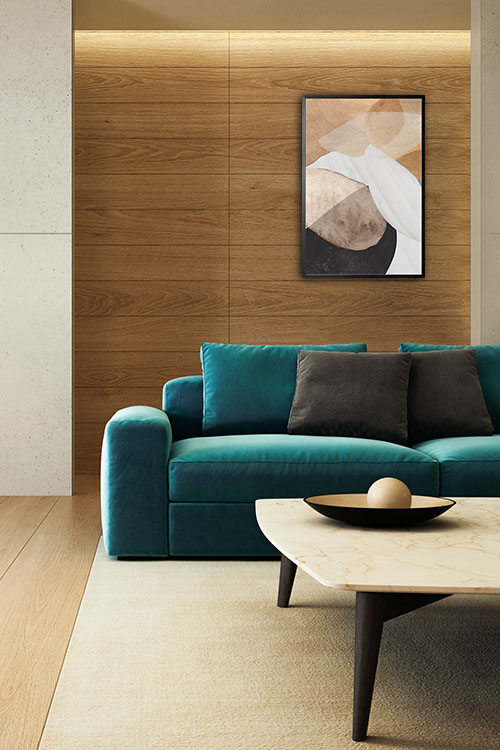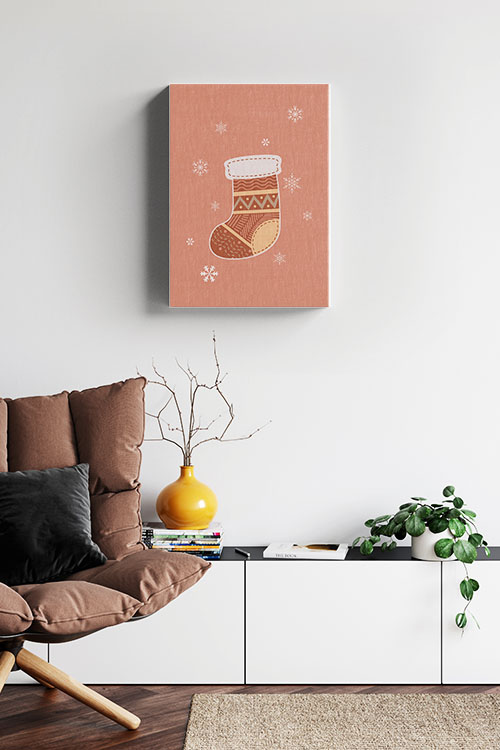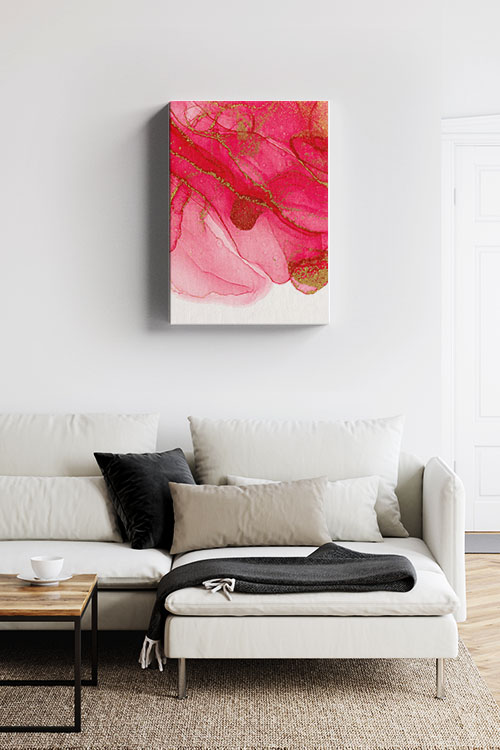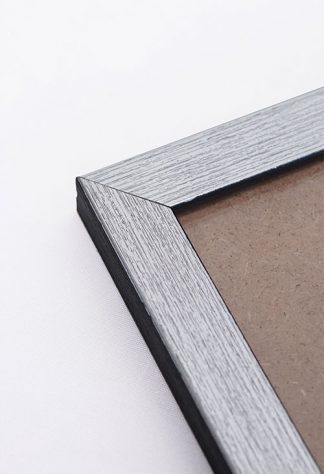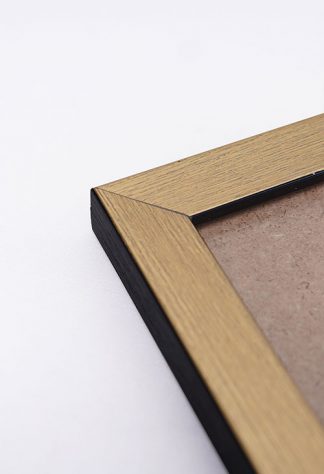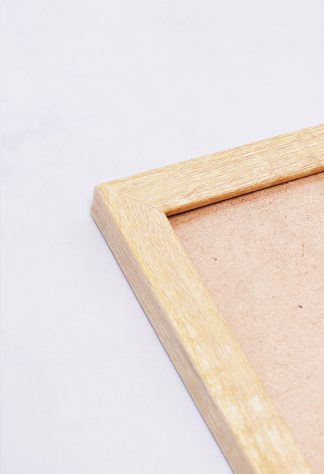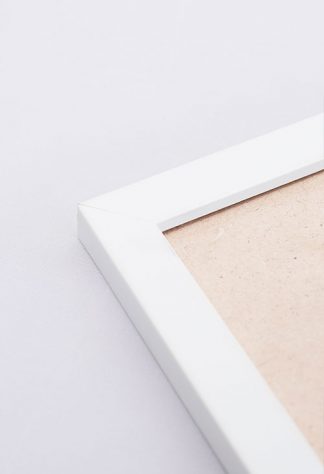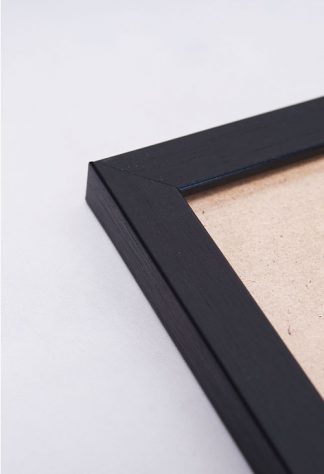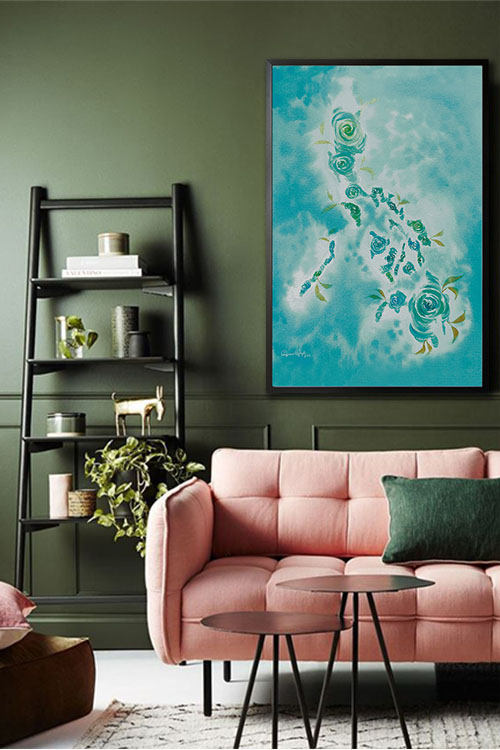
The Philippines is known for its tropical climate, with only two main seasons: wet (June to November) and dry (December to May). However, Filipinos love to celebrate seasonal changes, especially regarding holidays and festive occasions. Repurposing decor for different seasons in the Philippines requires creativity and resourcefulness, focusing on tropical themes, cultural traditions, and functional adaptability.
Choose Versatile Base Pieces
Start with neutral and multi-purpose decor items that work across various seasons. Wooden furniture, woven baskets, and rattan accents are staples in Filipino homes that can be styled differently throughout the year. Neutral-colored vases, plain table runners, and essential throw pillows are perfect canvases for seasonal touches.
Adapt to Tropical Themes
Given the tropical environment, focus on natural and climate-friendly materials. For summer or dry months, incorporate light and airy elements like sheer curtains, tropical prints, and fresh greenery like palm fronds or banana leaves. During the rainy season, lean into cozy textures like cotton throws, warm lighting, and earthy tones to create a comforting atmosphere indoors.
Celebrate Filipino Holidays and Traditions
Filipino culture features a long Christmas season that starts as early as September. Invest in decor like parols and fairy lights that can be used in other seasons. After the holidays, repurpose these lights for New Year celebrations or hang them around your garden for an enchanting outdoor vibe.
Reuse items like buntings, colorful fabrics, and bamboo décor during fiestas or special occasions. Vibrant decorations used during fiestas can be stored and brought out again for birthdays or other family gatherings.
Incorporate Natural Elements
Nature provides an abundance of materials that are easy to repurpose. Decorate with fresh tropical flowers such as orchids or hibiscus for dry seasons. For the rainy months, use dried materials like coconut husks, driftwood, or bamboo stems to create rustic centerpieces or wall hangings. The abundance of greenery in the Philippines makes it easy to refresh your decor by simply picking leaves or branches from your garden.
DIY Seasonal Decor
Filipinos are known for their resourcefulness. Old bottles can be turned into vases for summer blooms or painted in muted tones for the rainy season. Fabric scraps can be recycled into pillow covers or table runners, and dried fruits or seashells can be used as accents. Wreaths made from local materials like abaca or pandan leaves can transition from one occasion to another with minimal effort.
Rotate Color Palettes
Switching color schemes is an easy and cost-effective way to reflect the changing seasons. Bright and cheerful colors like yellow, turquoise, or coral work well for summer. Opt for earth tones like terracotta, olive green, or deep blues during the rainy months to evoke a cozy and grounded feeling.
Mix Functionality and Aesthetics
Because of the humid weather, decor in the Philippines must often serve a practical purpose. However, this doesn’t mean it can’t be beautiful. For instance, woven fans can be used as wall decor during the cooler months and kept within easy reach during the summer heat. Stylish storage baskets made from local materials can also double as display pieces, showing that you can be both practical and fashionable in your decor choices.
Upcycle Seasonal Favorites
After big celebrations like Christmas or fiestas, repurpose leftover decor instead of discarding it. This saves money and reduces waste, making your decor choices more sustainable. For example, parol frames can be decorated with new materials for another holiday, while festive tableware can be styled differently for everyday use. By upcycling these seasonal favorites, you’re not just decorating your home; you’re also helping the environment.
Repurposing decor with creativity and thoughtfulness can celebrate the beauty of every season in the Philippines while staying budget-friendly and sustainable.
